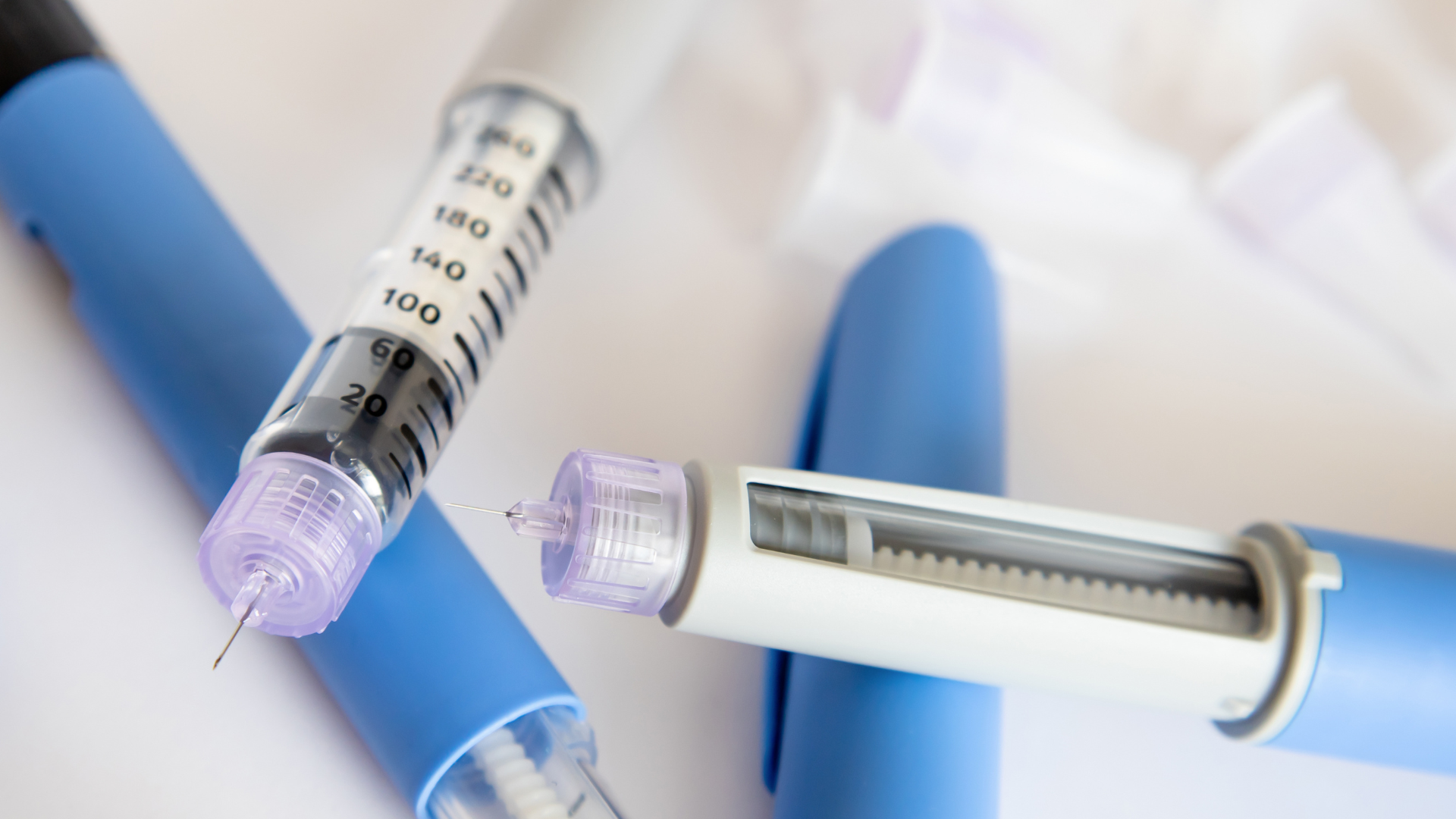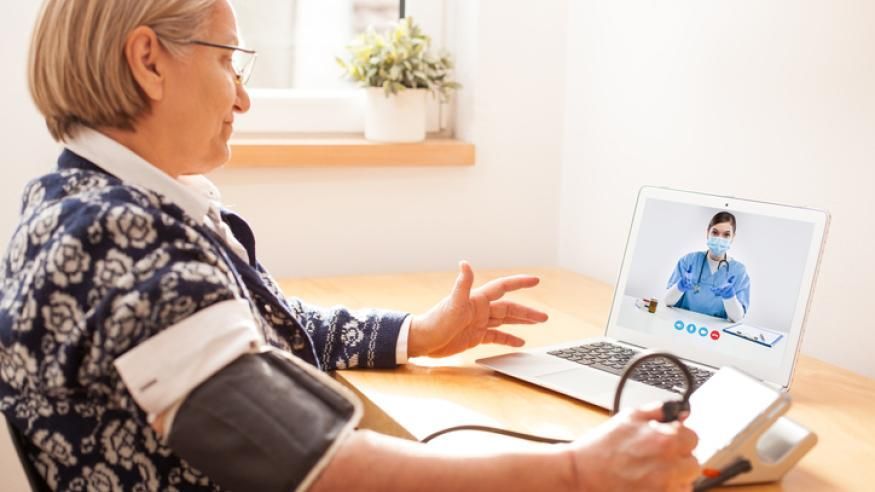Diabetes and Vegetarianism
Is a Plant-Based Diet Right for You?
With all of the robust data regarding the relationship between diabetes and diet, many people with diabetes and prediabetes find themselves wondering whether a vegetarian or vegan diet might be right for them. Let’s take a look at plant-based diets and how they interact with diabetes.

Can vegetarians develop diabetes?
In short: Yes, vegetarians and even vegans can develop diabetes. The fact of the matter is that the precise mechanisms by which some people develop diabetes are not fully understood by medical science. Diabetes is caused by a confluence of factors such as genetic predisposition, lifestyle, weight, diet, and stress. Being a vegetarian or vegan does not fully inoculate one to the risk of developing diabetes. However, as we will discuss in greater detail, a plant-based diet rich in whole foods that avoids processed foods can substantially reduce an individual’s risk of developing diabetes and can be an effective tool for managing diabetes.
Having established that plant-based diets can be effective in reducing the risk of developing diabetes and that they can produce positive outcomes in people with diabetes, let’s take a closer look at how vegetarianism can help people with diabetes.

Improved blood sugar levels
A vegetarian diet can improve blood sugar levels in people with diabetes in several key ways. For one, a plant-based diet is typically high in fiber, which slows down the absorption of sugar in the bloodstream, helping to prevent blood sugar spikes. Given the
low glycemic load of most vegetarian foods, this helps maintain healthy blood glucose levels. Additionally, vegetarian diets tend to be lower in saturated fat, which can help reduce insulin resistance, a condition in which the body becomes less sensitive to insulin and has difficulty using it to regulate blood sugar levels.

Reduced risk of heart disease
Given that people with diabetes are at an increased risk of developing heart disease, a vegetarian diet can protect cardiovascular health in several ways. First, it can help lower cholesterol levels, which is a risk factor for heart disease. Second, it can help lower blood pressure, which is also a risk factor for heart disease. Also, a vegetarian diet is typically rich in antioxidants, which can help reduce inflammation and prevent damage to blood vessels, which can help protect against heart disease.
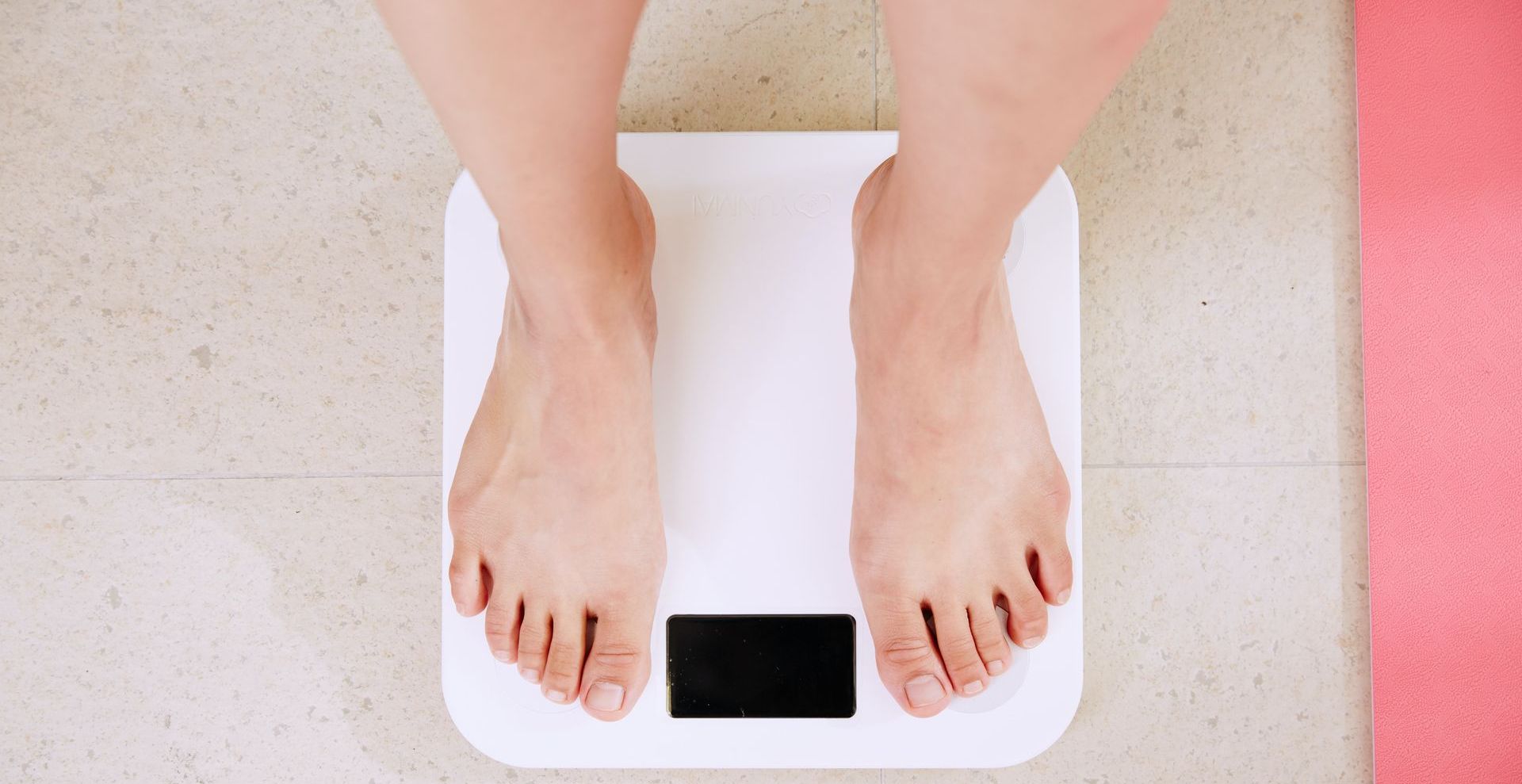
Weight management
Maintaining a healthy weight is important for people with diabetes, and a vegetarian diet can help with weight management. Vegetarian and plant-based diets are typically lower in calories than a diet that includes meat, which can help people consume fewer calories overall. They are typically high in fiber, which can help people feel fuller for longer and reduce the likelihood of overeating. A vegetarian diet that is rich in whole, unprocessed foods can also provide a wide range of nutrients that can help support a healthy metabolism and promote weight loss.
Improved kidney function
People with diabetes are at higher risk for kidney disease, and a vegetarian diet can help improve kidney function. A vegetarian diet that is low in protein and sodium and high in fiber and antioxidants can help protect the kidneys from damage.

Reduced need for medication
Adopting a vegetarian diet may help reduce the need for diabetes medication. Research has shown that a vegetarian diet can improve blood sugar control, reduce insulin resistance, and improve beta-cell function, which can help reduce the need for medication in some cases.
A vegetarian diet can provide several health benefits for people with diabetes. However, it is important to work with a healthcare provider or registered dietitian to ensure that a vegetarian diet is nutritionally balanced and meets individual needs.
For more information on how diabetes management plans can be used in conjunction with the latest in technology to improve your overall quality of life, please don’t hesitate to contact us today.


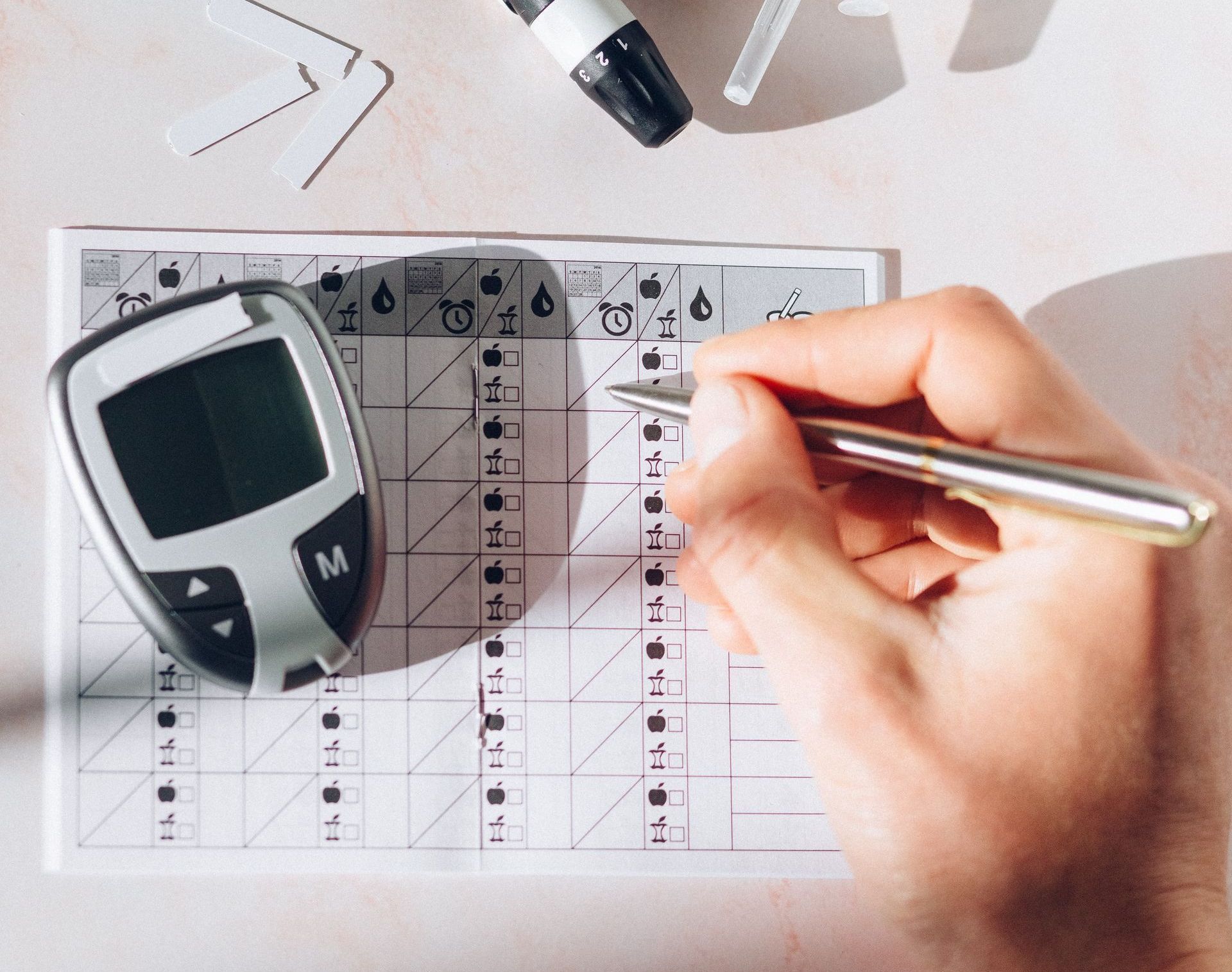
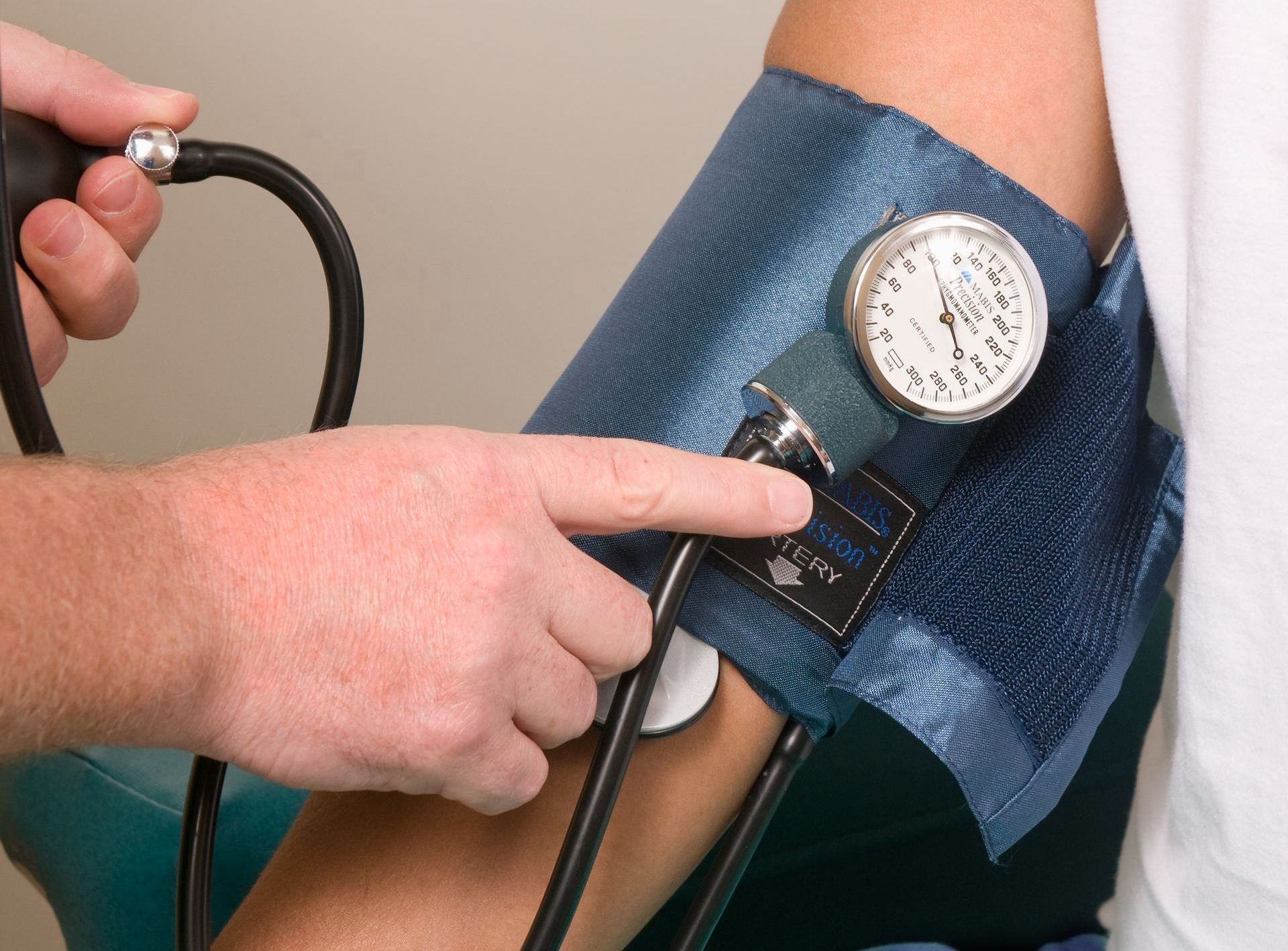


Healthy Bites



